If you've recently gone self-employed or started your own business, you're probably a decent consultant. Or graphic designer. Or writer. You get where I'm going here.
Chances are, you jumped into freelancing because you want to do more of that. Not play the role of a fully-staffed marketing team for your business.
Our experts have compiled some of the best tips, based on their past experiences, into this post to help you get more customers, faster.Here are the Top 10. Remember to bookmark this post, so you can come back and try more strategies.
Top local marketing tactics summary
If you've recently gone self-employed or started your own business, you're probably a decent consultant. Or graphic designer. Or writer. You get where I'm going here.
Chances are, you jumped into freelancing because you want to do more of that. Not play the role of a fully-staffed marketing team for your business.
Our experts have compiled some of the best tips, based on their past experiences, into this post to help you get more customers, faster. Here are the Top 10. Remember to bookmark this post, so you can come back and try more strategies.
10 Marketing Tactics
1. Show Off Your Work
Cost: As little as free, up to the cost of web hosting (for your own domain) and perhaps a web designer (but this isn't necessary).
Time commitment: Set aside a few days to figure this one out.
Time horizon for the payoff: Give it a few months at least.
If you haven't yet, stake out some space on the internet for your portfolio, information about you, and contact details. This adds legitimacy to your name and helps potential clients find and discover you online (more on that in a minute).
A very shareable version of a portfolio can also help you push deals forward.
By no means do you need a Coca Cola-esque website (even ours is probably more jazzy than you need), but you should have something that looks clean and shines a good light on your work. And good news for you is that we wrote a whole other post about making a great portfolio.
I recommend springing for your own domain name (I like Hover for this) with either your or your company's name if you can snag it. The less preferable but free option is to use a sub-domain of a hosting platform like Wordpress. But just put down the 10 quid, come on.
Here are some examples of fairly simple websites you can set up for yourself within a day:
http://www.stellaphotography.co.uk/
http://www.sarahbatesdesign.co.uk/
http://www.ruthwilsonpr.co.uk/
2. Make Your Website Search-Friendly
Cost: As little as free.
Time commitment: Set aside a few days to figure this one out, and it's likely going to be an ongoing process.
Time horizon for the payoff: Give it a few weeks.
If you already have a website (round of applause), consider making it more Google-friendly.
Doing this is officially called search-engine optimisation, or SEO, and the point is to ensure your website pops up when a potential client searches "freelance consultant manchester" (assuming you're a tax accountant).
There are some really good resources online explaining how to do this, like Ahrefs & Moz.
The cliff's notes is that everything from the words on your website, to the images you use (and how you caption them), to the other content on there (especially if you have a blog), as well as whether other websites link to yours, plays a role.
To learn more about SEO, here is a great 5-step rundown guide from Ahrefs.
3. Give Away Your Knowledge Online
Cost: As little as free.
Time commitment: As little as 30 minutes per week, up to a few hours.
Time horizon for the payoff: Give it a few months.
Any professional in any field can build up a reputation online by sharing expertise, and use it to conjure up and close new business.
The two big variables to making this happen are medium (which online platform you use), and content (the quality of what you share). The most common way to do this is a blog for longer form posts or on social media for shorter form content.
But.. let's think a little more critically about it.
You'll first want to focus on the platform your target audience frequents most, to avoid spreading yourself too thin.
You can ballpark which platform will work best for you based on what you do (are you a plumber, or a data scientist?), who your audience is when you interact with them (are they panicked homeowners, or white-collar professionals?), and which tools you can leverage to help you share with them. More information on this process can be found here.
For example, a tool like Buffer can help you schedule a week's worth of [insert your expertise here] tips for posting, all in one go. You can even pepper a few photos of your completed work into your news-feed.
4. Activate Your Advocates
Cost: As little as free, all the way to the price of dinner as a thank-you for making a connection.
Time commitment: Anywhere from a couple hours to multiple days' worth of time (if you're meeting people in person).
Time horizon for the payoff: Anywhere from near-instant (some people may already know somebody in need of your service) to long-term.
Your advocates are people who can vouch for you to prospective clients.
Think: colleagues from previous companies, current and past clients, fellow freelancers (more on that in a second), friends, and even family. These people are likely to want to support you, and just need a little help to do it right. Note that this is different from the term "affiliates" who you typically have a direct, financial relationship with.
When one of our experts worked at Influitive, a company that uses technology to find and mobilise advocates, they learned a ton about this topic.
So here's some tips on how to mobilise them:
- Let them know what you're up to. This doesn't need to be face to face for everyone, even a LinkedIn or email message like this can do the trick.

- Make it easy to help you. Your advocates should know exactly how they can help you. For example, if you want them to write you a testimonial for your website or LinkedIn profile, let them know which of your qualities you'd like them to focus on. If you want a referral, your advocates should know what a fitting potential client or project looks like, and have everything they need to help promote you at their fingertips.
- Be gracious and grateful. Remember to thank and show appreciation for everybody who spends their time, energy, and social capital to help you. Whether it turns all the way into a new client or not.
5. Join Forces With Your Peers
Cost: As little as free, up to the cost of a few beers and appetisers.
Time commitment: A few hours on a weeknight.
Time horizon for the payoff: Give it a few months at least.
Fellow freelancers are some of the most valuable connections that you can make.
Here's why: there's a good chance that one of you will be out of capacity to take on a new client at some point (or simply not be the right person for the job). In this type of scenario, most freelancers prefer to be able to make a helpful referral than just say, "sorry, bye."
Why shouldn't that referral be you? Form a network of people who act as a business directory for one another, and you'll be multiplying not only your marketing effort, but theirs too.
How to do this:
- You can find communities of freelancers, or start one yourself, on websites like Meetup.com. Simply select your location and search for events catered to freelancers (in your specific field, or just generally).
- If you want to be more selective with who you meet, reach out to people directly and invite them out for a cuppa.
6. Grow Your Network (Strategically)
Cost: As little as free, up to the cost of beers and appetisers.
Time commitment: A few hours on a weeknight.
Time horizon for the payoff: Give it a few months at least.
People with larger networks (the caveat being the breadth of your network doesn't sacrifice the depth of your relationships) have more advocates. It's basic maths.
To grow your circle of advocates (see above) in a meaningful way, consider doing one of the following:
- Join a hobby group. Again, I'll suggest you head to Meetup.com for this one, but your community likely has many unlisted groups.
- Volunteer your time at a local charity. This can mean mentoring local kids, working in a soup kitchen, or being more strategic. For example if you are a public relations consultant, why not help local charities earn press coverage? This way, people not only get to know you, but they also get to know you for what you do.
- Start something new. If what you care about isn't yet a topic for a meetup, why not start one yourself? You can keep this as small, or grow it as big, as you want. And being the host is never a bad look.
7. Experiment With Locally - Targeted Ads
Cost: As little as a few dozen pounds per month.
Time commitment: As little as 30 minutes per week, up to a few hours.
Time horizon for the payoff: Give it a few months.
You don't need a team of mastermind experts to gain access to the tons of people using Facebook, LinkedIn, Instagram and Twitter. All you need is some spending money, and an experimental mindset.
How to deploy social media ads:
- As with the above tactic, ensure you've chosen a platform that makes sense for your audience.
- Consult one of the following guides and get started:
- Run small tests and measure your results.
8. Become a Published Author
Cost: Free.
Time commitment: At least a half day's worth of work, if it works out.
Time horizon for the payoff: Give it a few months.
If you like sharing advice in your field, you'll enjoy this one.
Take inventory of the newspapers distributed in your area, as well as which online platforms your proverbial neighbours follow. If their theme has something to do with your work, or they have a section that regularly covers it, take special notice.
Then, pitch yourself to the editors of those publications as an expert in so-and-so field who would like to contribute advice. Their names and contact information are not hard to find online. Some publications have official contributor programs, others don't accept contributions at all, but you're likely to get lucky with at least one newspaper.
For example, if you're a cybersecurity consultant, you could offer to contribute an article for local elderly residents about how to protect themselves against fraud.
Or anything else the newspaper could use, so long as it is related to your work. Your target audience likely isn't elderly people, but a headline with your name on it adds credibility and legitimacy to you.
Note: you can also extend this advice to locally-run blogs, YouTube channels, and even some social media accounts by offering to contribute content that is relevant for their audiences.
9. Earn Press Coverage
Cost: As little as free.
Time commitment: As little as a few hours.
Time horizon for the payoff: As little as a few hours.
Earning media coverage, which you can leverage across social media, the internet, and in conversation, isn't an inaccessible feat for small businesses and freelancers.
If you or your business does something differently (or simply something that aligns with current news cycles), or is doing something charitable, reach out to your local newspaper's editor and tell them about it. Better yet, ask a friend to borrow their email and have them send the message.
Another tactic to try is called newsjacking. This guide provides a fairly thorough explanation, but the gist is to piggyback off a trending news topic by tying your business to it in some way. Note of caution: do not exclusively chase fads, especially if they don't align with your business, and always keep it classy.
Photographers are known to do this by capitalising on special moments in a city (like a major weather, political, or sporting event) by taking a photo and sharing it with media outlets. Restaurants sometimes create outrageous menu items in line with trends. Other times, a clever tweet can suffice.
10. Leverage Classifieds Boards
Cost: Free, all the way to the cost of bumping your post higher.
Time commitment: As little as a few hours.
Time horizon for the payoff: As little as a day.
Adding details about your services to classifieds platforms like Gumtree and Craigslist, which welcome north of 10 million monthly users, will help you be found by those who chose not to search using Google.
You can also regularly monitor these for posts seeking the kind of work that you do by setting up Google Alerts like this. Note the wording in the search terms line to specify which website to watch specifically:











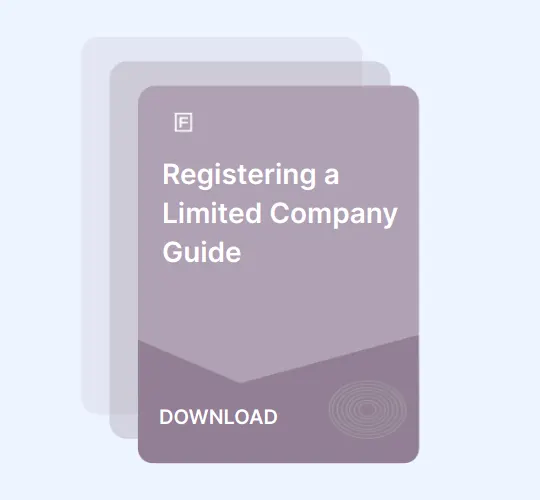
%20(1).webp)





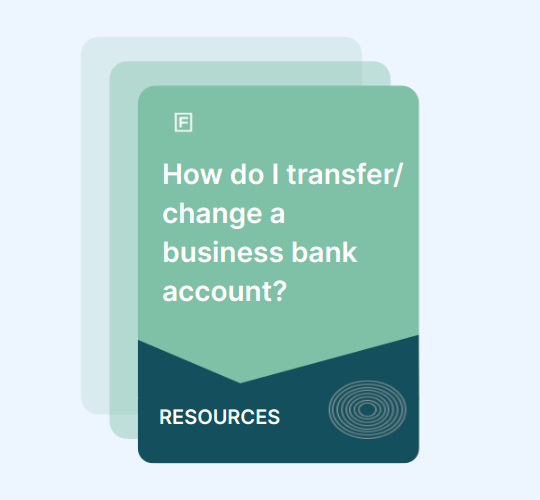
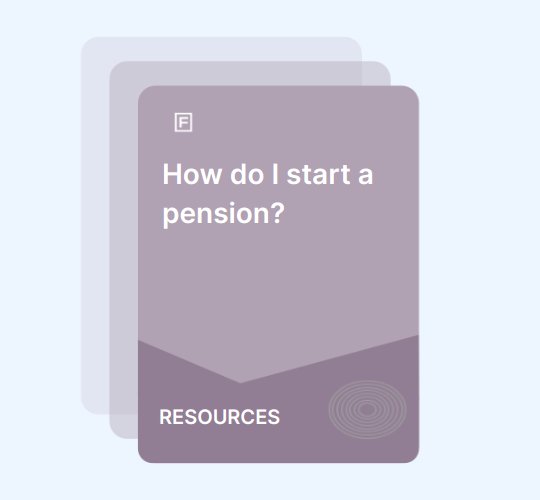






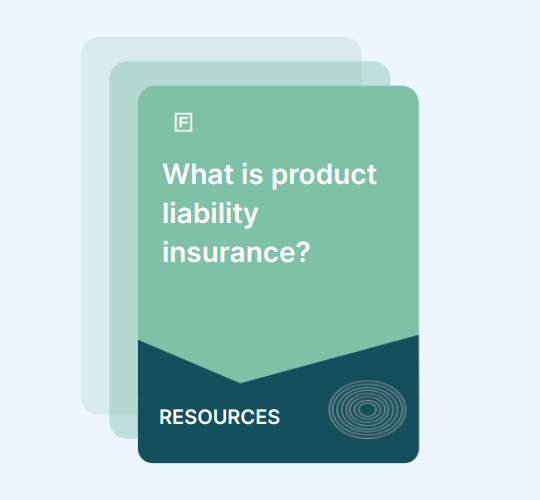



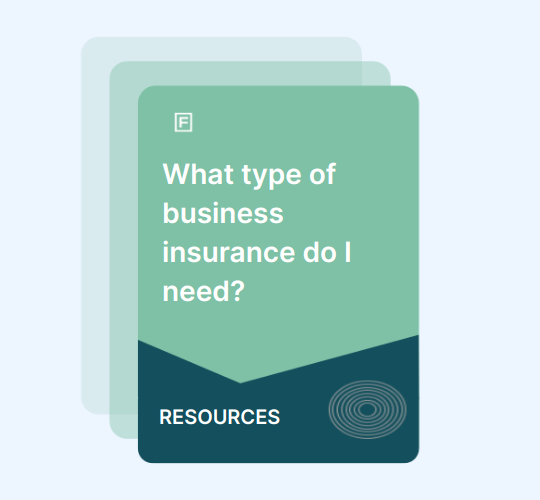





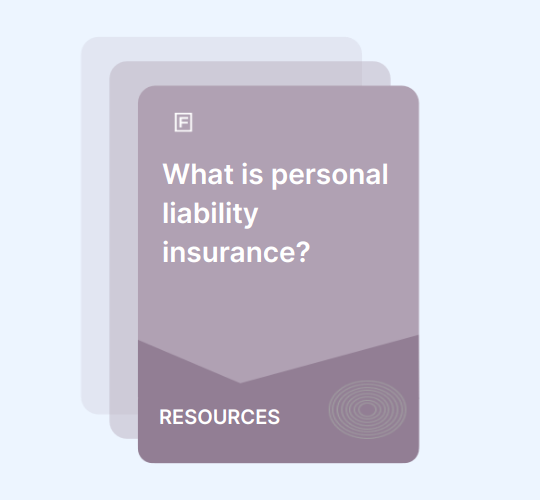






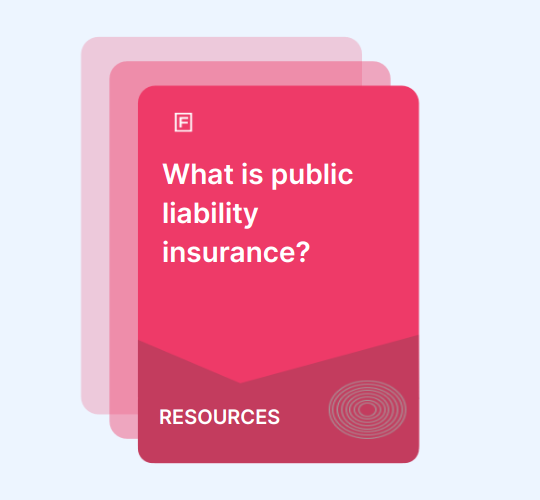

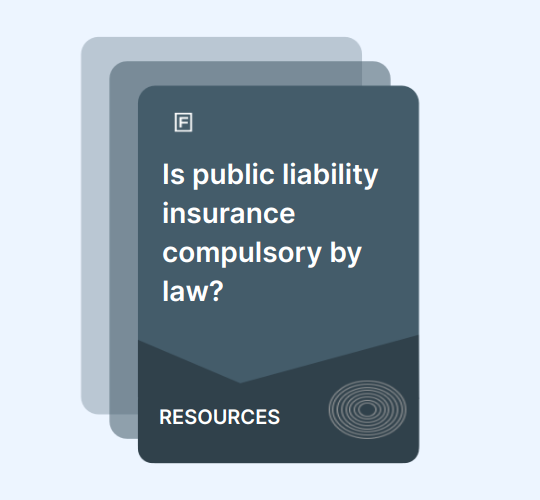
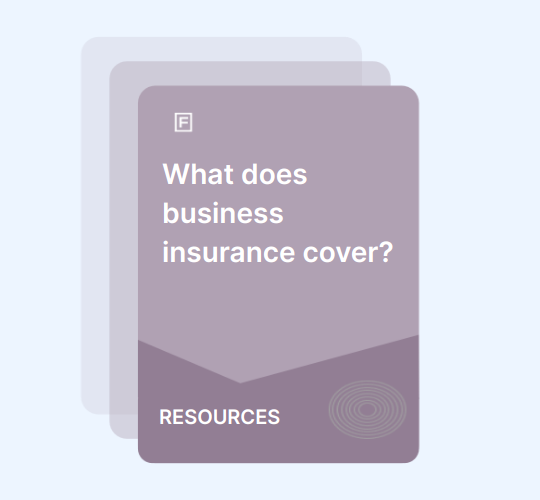





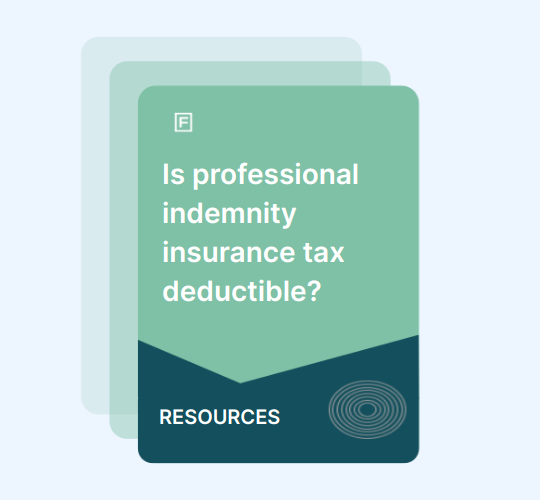





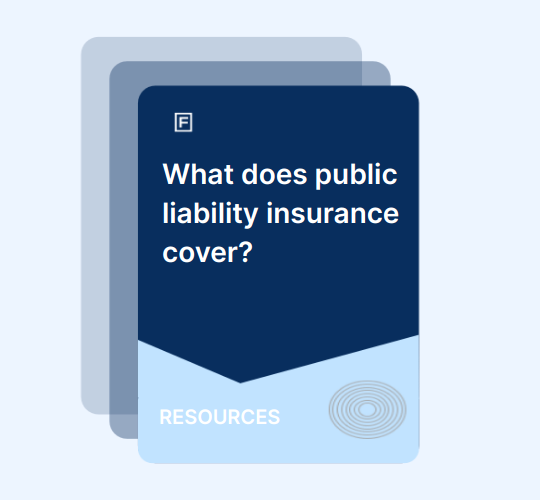








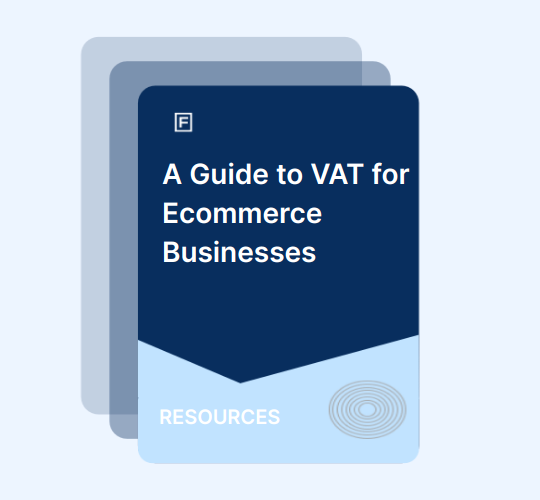
















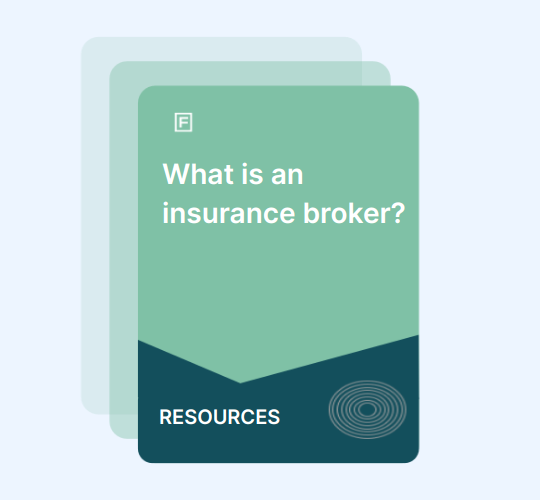


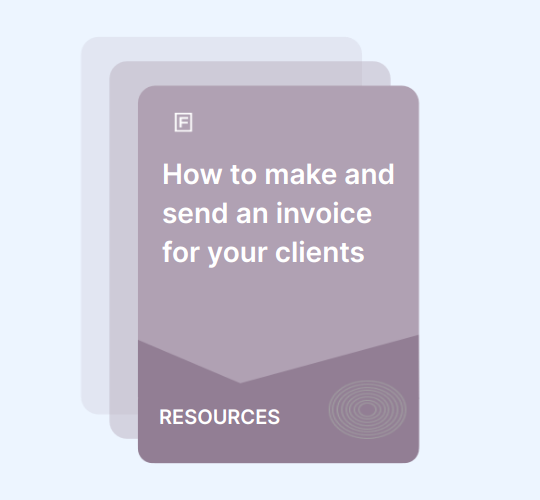

.webp)